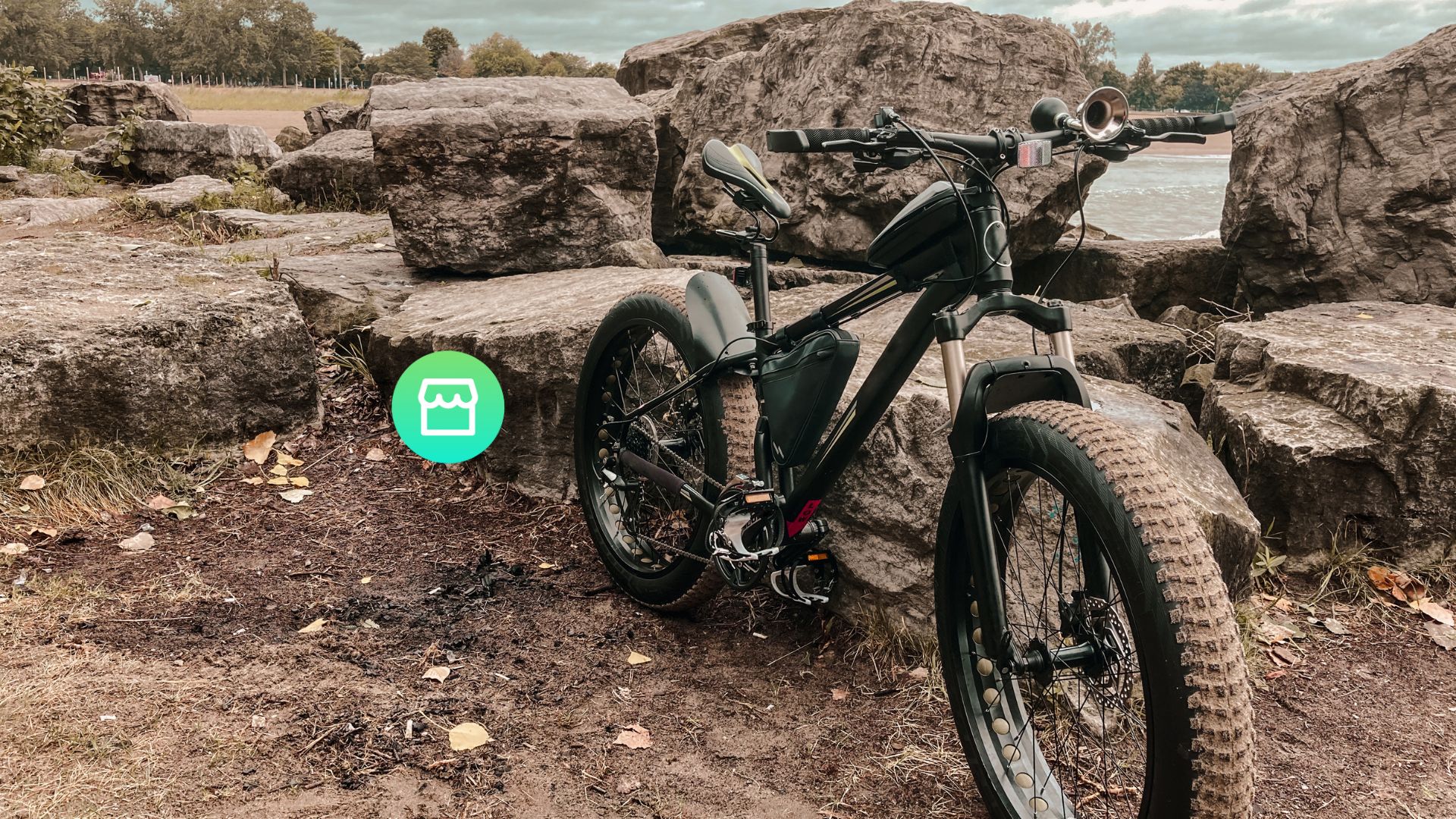Why Fat-Bikes Are Taking Over the Streets: Comfort, Power & Freedom

Why Fat-Bikes Are Taking Over the Streets: Comfort, Power & Freedom
Fat-bikes are a growing trend among urban riders, adventure seekers, and anyone who wants the comfort of an e-moped without needing a license. These bikes combine powerful motors, fat tyres, and high load capacity to deliver a ride that is strong, safe, and surprisingly versatile. You’ll often find they comfortably carry two people, cut through rough or slippery surfaces with ease, and offer a level of suspension and balance most traditional e-bikes simply can’t match.
Featured Fat-Bike Picks
1. Velogreen W66 48V/13Ah (EU Legal)
This beast is built to perform: a powerful 250 W motor with 65 Nm torque, full 48V /13Ah battery (≈644 Wh) giving up to ~80 km autonomy, 20-inch fat tyres, and max load of 180 kg. Plus it’s EU legal—max speed is limited to 25 km/h.
Ready for power + legality? Buy the Velogreen W66 now
and ride strong with peace of mind.
2. Sporting FAT TYRES (EMW Electric Model)
This model leans toward lighter weight and agility—about 27 kg—still with a 250 W motor, 7 speeds, 20-inch fat tyres and enough capacity to carry up to 125 kg. Ideal for city traffic or lighter off-road use.
👉 Love fat style and sporty agility? Grab the Sporting FAT TYRES model
and make every ride a statement.
3. Orient Bike Fat Boy 20″ Electric Fat Boy
Bold and classic, the Fat Boy gives you 80 km autonomy, strong build, 6-speed gearing, 250 W drive, plenty of comfort and big tyres to soak up bumps. Perfect if you want that “fat-bike look” plus everyday usability.
👉 Want street-cred and comfort? Get the Orient Fat Boy 20″
and roll with style.
Other Great Brands We Offer
We also carry Engwe, including the M20 model—another example of a fat electric bike that mixes power, comfort and build quality. If you like fat-bikes, you’ll like what Engwe brings to the table.
Benefits of Fat-Bikes
- Super comfortable ride: Fat tyres cushion bumps, provide stability, take rough terrain in stride.
- Strong and safe: High-torque motors, robust frames, often built to carry two people or heavier loads.
- No driver’s license needed: As long as your fat-bike meets EU regulations (max 25 km/h, pedal assistance), it’s treated like a bicycle—not a scooter.
- Versatile: City riding, beach, trails, snow, light mud—they handle many surfaces.
Disadvantages & Legal Caveats
- Some fat-bikes are easy to modify to reach 45 km/h or made fully automatic, which under Greek (and many EU) traffic laws disqualifies them as bicycles. Once you exceed 25 km/h or remove pedalling requirements, the bike may be legally considered a scooter or motorbike—meaning you’d need a license, insurance, and possibly registration.
- Heavier weight and bulk: fat-bike frames, batteries and tyres add weight, making them harder to carry or manoeuvre off-road or upstairs.
- Cost: more materials, more battery, bigger tyres = higher price.
FAQ
Q: Do I need a driver’s license or insurance to ride a fat-bike?
A: No — as long as the bike stays within the legal definitions: max speed of 25 km/h under motor assistance, pedals required, etc. If you modify it so it goes faster or becomes fully automatic, you may cross into regulations requiring license & insurance.
Q: Can two people ride one fat-bike?
A: Yes, many fat-bikes are built to carry heavy loads and can accommodate two people—depending on model, weight, and safety. Always check the max load rating.
Q: How far will these bikes go on one charge?
A: It depends on battery capacity, rider weight, terrain, speed. Some models above (e.g. Velogreen W66) list up to ~80 km under favourable conditions. More aggressive use (hills, higher speed) will reduce range.
Q: Are fat-bikes hard to maintain?
A: They do require attention to tyres, battery health, and drivetrain (gears). Fat tyres mean more material and sometimes more wear, but nothing exotic — regular bike maintenance applies.
